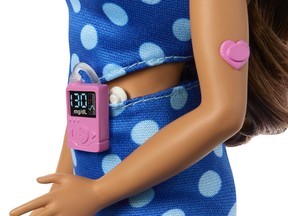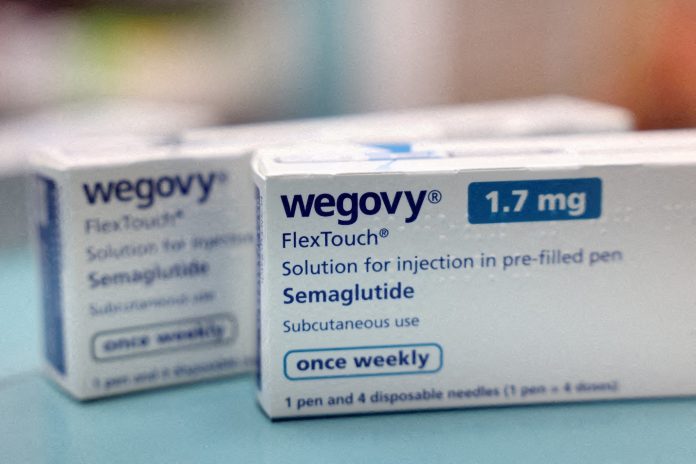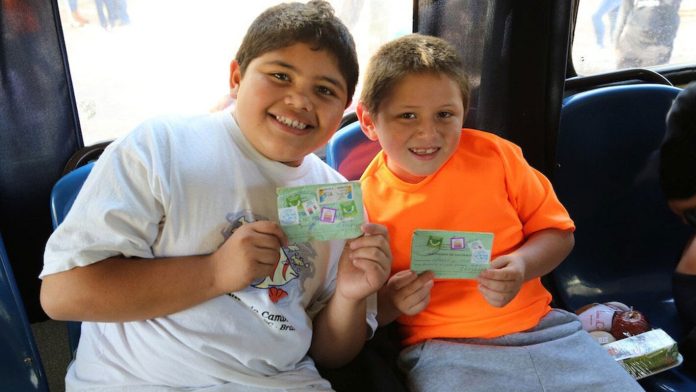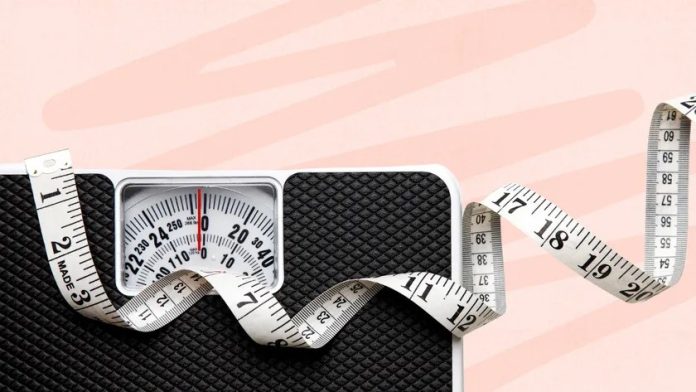Barbie Has Type 1 Diabetes – How to Talk to Kids About It
Children have a special knack for asking tough questions, well beyond the usual string of, “Why?” So when a child is diagnosed with a chronic illness like type 1 diabetes – or encounters one for the first time – answering those questions can be challenging.
What Is Type 1 Diabetes?
Watch as we break down why you have to worry about high and low blood sugar levels.
This week, Barbie joined a small but growing collection of children’s toys with type 1 diabetes, including Mickey Mouse’s friend Coco, an American Girl doll, a recently announced Marvel Comics superhero named Omnya, and Rufus the Bear – a stuffed animal with a companion app that lets children manage the bear’s diabetes by counting carbs, monitoring his blood sugar, and giving him insulin.
Here are four ways to use the new Barbie to normalize chronic conditions and promote your child’s well-being and emotional health.
Use Barbie to talk about being healthy. With Barbie, it’s all about the accessories – and in this case, those include a continuous glucose monitor, an insulin pump, and a pouch for taking snacks and supplies on the go.
“Diabetes used to be a little bit more of an invisible condition – you didn’t have visible signs that you had diabetes,” said Holly Cooper, MD, a pediatric endocrinologist at Stanford Medicine Children’s Health in Palo Alto, California. “Now, we have this technology – which is amazing and helps us manage diabetes better – but it’s something people see, and they can tell that there’s something different about your health.”
That can make kids uncomfortable, “because they don’t want other people to know those things about them,” Cooper said. Having toys like Barbie is an opportunity to present medical gear as self-care, not something to hide.
You could even point out that continuous glucose monitors have become so popular, some people without diabetes use them to manage their health, Cooper said.
Swing by the Barbie aisle with your kids. This is a great moment not only to empower kids who have type 1 diabetes – but also educate those who don’t.
“It’s an excellent opportunity to discuss diversity in health needs, accessibility, and acceptance,” said Yaa Kumah-Crystal MD, MPH, a pediatric endocrinologist at Monroe Carell Jr. Children’s Hospital at Vanderbilt in Nashville, Tennessee.
Say something like: “This is an amazing new Barbie who has type 1 diabetes. Type 1 diabetes means some people need extra medicine to stay healthy. The cool patch on her arm helps her monitor her blood sugar, and the pump on her hip delivers medicine she needs,” suggested Kumah-Crystal, also a lead clinician at Camp Sugar Falls, a Tennessee summer camp for kids with diabetes.
Emphasize how the accessories help her fully take part in activities: “Because she has these health accessories, she can do all the fun things other Barbies can,” Kumah-Crystal said.
Encourage your child to play with Barbie with their friends. A child with type 1 diabetes can serve as the expert to their peers in showing how Barbie uses her accessories and explaining what each one is for.
Normalizing a chronic condition is an important part of managing emotional health, said Mark DeBoer, MD, MSc, a pediatric endocrinologist at UVA Health Children’s in Charlottesville, Virginia.
“There is power in just not feeling like you are on your own – and feeling like others are on your side,” he said. “It may be something a child can point to if he or she feels like another child is making them feel uncomfortable about being different.”
Playing with friends is also an opening for “dramatic play” (where kids mimic real-life situations), which can help them understand that Barbie is not defined by her type 1 diabetes – there are other parts of her life that make her who she is.
DeBoer often shares with kids that there has been a Supreme Court justice, prime minister of Great Britain, rock stars, and Olympic gold medalists who have type 1 diabetes.
“Play is how children develop social, physical, cognitive, and emotional skills,” said Anastasia Albanese-O’Neill, PhD, vice president of medical affairs for Breakthrough T1D, the advocacy and research group that partnered with Mattel to make the new Barbie. “It’s how they make sense of the world around them.”
Pay attention to your child’s interactions with the toy. It’s common for kids with diabetes to have what’s known as “diabetes distress” or “diabetes burnout.” Playing with toys that incorporate the lived experience of type 1 diabetes can help kids signal to their parents and caregivers that they may need to process what they’re going through.
Some scenarios that kids with the condition commonly face are hearing things like, ” ‘Am I going to catch your diabetes?’ or ‘Did you eat too much sugar and get diabetes?’ ” Albanese-O’Neill said.
“These types of reactions from peers and others can make the child feel alone, confused, isolated, and discouraged, especially given all the new, unfamiliar, and constant work they now have to do to keep glucose levels in the target range,” she said.
If parents notice this behavior, they can ask their child’s health care provider about getting in touch with a child psychologist who specializes in working with kids with diabetes.











